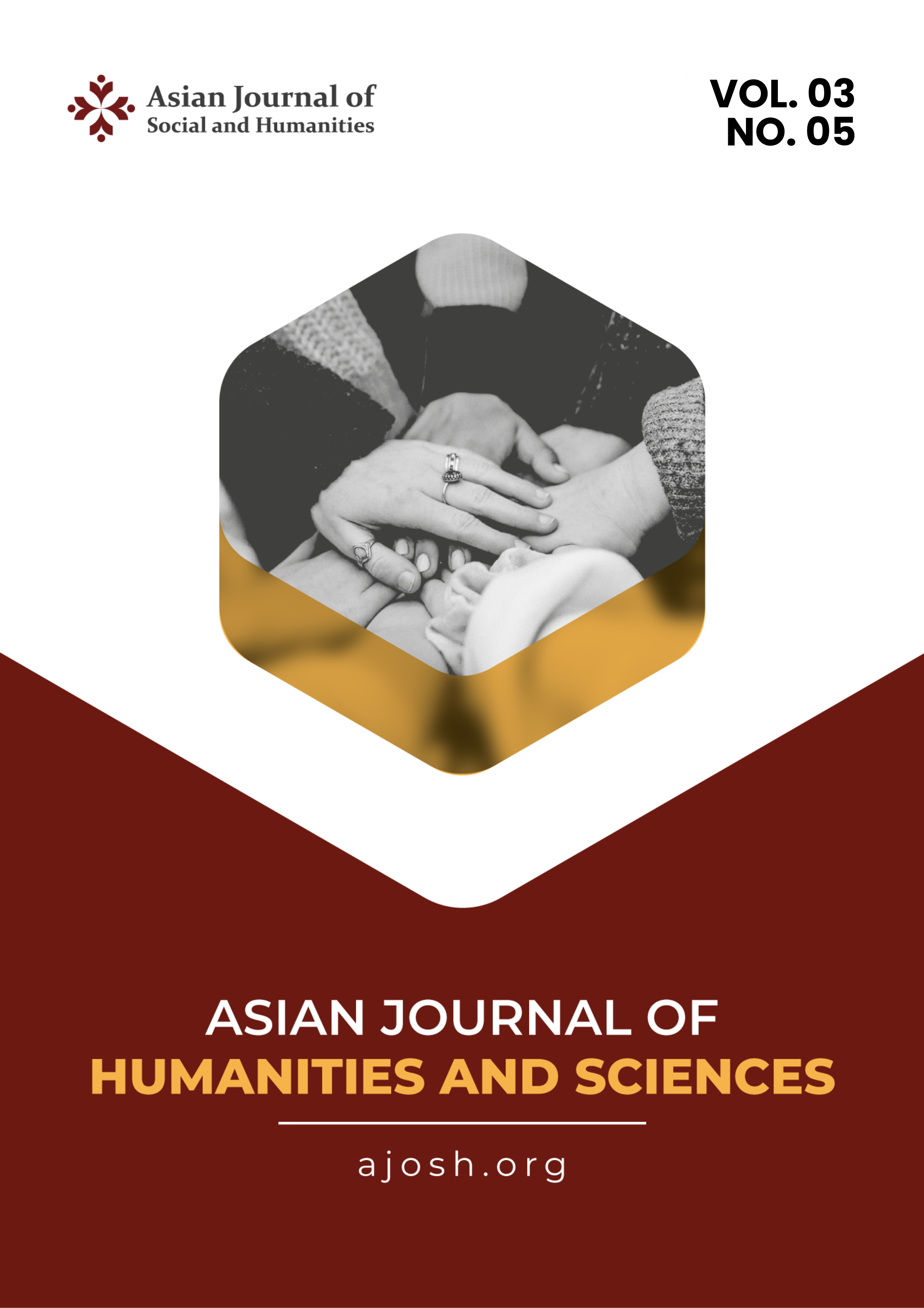Legal Strength of Village Head Certificate As a Basis for Land Ownership Rights
DOI:
https://doi.org/10.59888/ajosh.v3i5.508Keywords:
Land Certificate by the Village HeadAbstract
Law Number 5 of 1960 concerning the Basic Agrarian Law (UUPA) in Article 19 mandates the implementation of land registration with the aim of providing legal certainty and protection. The research method used is normative juridical with an analytical approach, with a descriptive analytical specification. Normatively (das-sollen), the provisions regulated in the legislation always state that the purpose of land registration is to achieve legal certainty through the issuance of certificates. Empirically (das-sein), the reality in practice shows that land conflicts are cross-sectoral issues, where each sector has its own rules that overlap with one another. This correlates with differences in perceptions and relations between the parties involved in the agrarian conflict itself. The research findings show that the court's decision in resolving land conflicts with evidence of Village Certificates / Land Certificates is as follows: In practice, it turns out that obtaining a certificate is not as easy as the ideal condition it should be. Constraints such as distance from the administrative center, untidy and overlapping records, difficulties in field verification facilities, and various other obstacles make obtaining a certificate not a simple task. Village Certificates (SKD)/Land Certificates (SKT) are factually easier to obtain because they only require the authority of the village and records available at the village head's office. SKD/SKT is actually a supporting document and not a primary document, but in court, this document can serve as valid evidence of land ownership rights, replacing the primary certificate due to the significant role of the judge.
Downloads
Published
Issue
Section
License
Copyright (c) 2025 Esau Djaha, Basuki Rekso Wibowo, Dedy Ardian Prasetyo

This work is licensed under a Creative Commons Attribution-ShareAlike 4.0 International License.
Authors who publish with this journal agree to the following terms:
- Authors retain copyright and grant the journal right of first publication with the work simultaneously licensed under a Creative Commons Attribution-ShareAlike 4.0 International. that allows others to share the work with an acknowledgement of the work's authorship and initial publication in this journal.
- Authors are able to enter into separate, additional contractual arrangements for the non-exclusive distribution of the journal's published version of the work (e.g., post it to an institutional repository or publish it in a book), with an acknowledgement of its initial publication in this journal.
- Authors are permitted and encouraged to post their work online (e.g., in institutional repositories or on their website) prior to and during the submission process, as it can lead to productive exchanges, as well as earlier and greater citation of published work.










